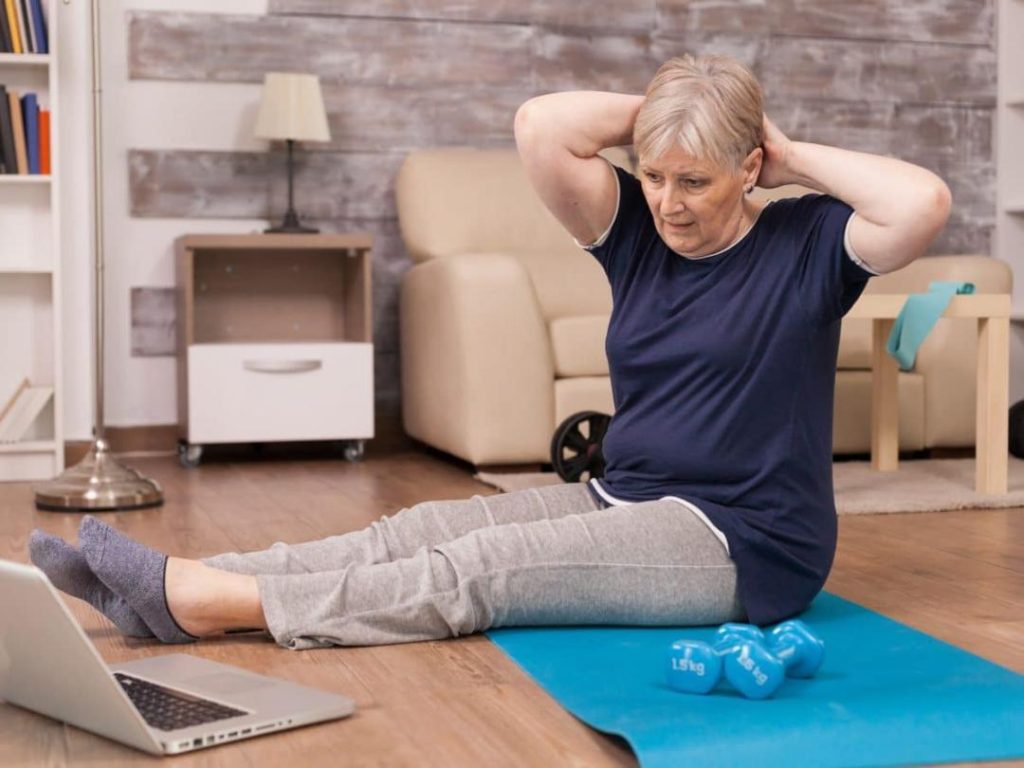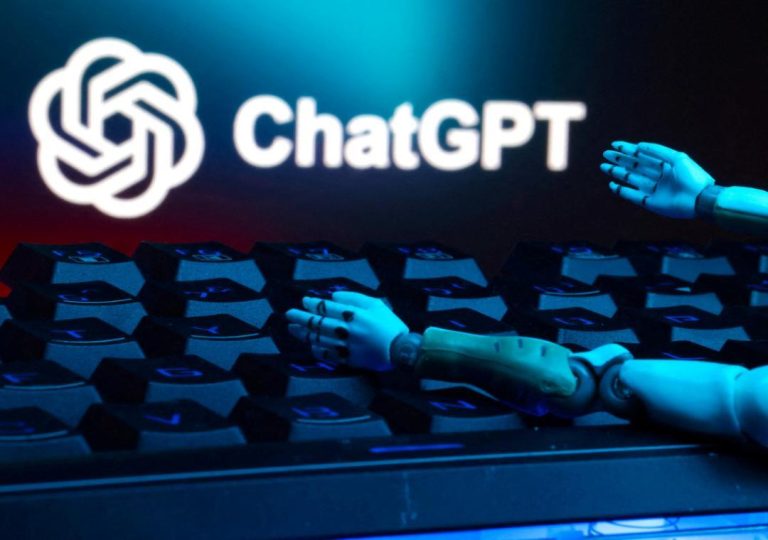
Physiotherapy: How AI & AR are making pain a thing of the past
Pain is a universal human experience, and it’s no surprise that it’s a leading cause of disability worldwide. According to the World Health Organization, more than 1.5 billion people worldwide suffer from chronic pain, with musculoskeletal disorders being the most common cause. However, with the advent of Artificial Intelligence (AI) and Augmented Reality (AR) in physiotherapy, pain management and prevention are becoming more effective than ever before.
Physiotherapy, a holistic healthcare approach that focuses on physical rehabilitation and injury prevention, has been revolutionized by the integration of AI and AR. These technologies are enabling physiotherapists to provide personalized care, prevent injuries, and detect musculoskeletal issues early on. In this blog post, we’ll explore how AI and AR are transforming the physiotherapy landscape, making pain a thing of the past.
Real-time Posture Corrections with AI
AI-powered software is enabling physiotherapists to correct posture in real-time, reducing the risk of musculoskeletal disorders and injuries. This technology uses machine learning algorithms to analyze a patient’s posture and provide personalized feedback, enabling them to make adjustments and maintain good posture.
For instance, a study published in the Journal of Orthopaedic & Sports Physical Therapy found that AI-powered posture correction software reduced the incidence of low back pain by 30% in patients with chronic low back pain. This technology is particularly useful for individuals who spend long hours sitting or engaging in activities that require poor posture, such as office workers or gamers.
Personalized Exercise Plans with AI
AI is also being used to create personalized exercise plans for patients, tailoring workouts to their specific needs and goals. This technology analyzes a patient’s medical history, physical abilities, and fitness goals to create a customized exercise plan that is both effective and safe.
For example, AI-powered exercise planning software can generate a series of exercises that target specific muscle groups, providing patients with a structured workout routine that they can follow at home. This technology is particularly useful for patients who are new to exercise or have chronic conditions that require modified exercise routines.
Early Detection of Musculoskeletal Issues with AR
AR is being used in physiotherapy to detect musculoskeletal issues early on, enabling physiotherapists to provide targeted treatment and prevention strategies. This technology uses virtual reality (VR) and mixed reality (MR) to create immersive experiences that simulate real-world scenarios, allowing patients to visualize and interact with their body in a way that would be impossible in the real world.
For instance, AR-powered software can simulate a patient’s daily activities, such as lifting heavy objects or bending, to detect early signs of musculoskeletal strain. This technology is particularly useful for patients who are at risk of developing musculoskeletal disorders, such as athletes or individuals with a history of injuries.
Shifting Focus from Treatment to Prevention
The integration of AI and AR in physiotherapy is shifting the focus from treatment to prevention, enabling patients to take an active role in their healthcare. By providing personalized exercise plans, real-time posture corrections, and early detection of musculoskeletal issues, these technologies are empowering patients to make informed decisions about their health and well-being.
Moreover, AI and AR are enabling physiotherapists to provide more effective and efficient care, reducing the risk of complications and improving patient outcomes. By leveraging these technologies, physiotherapists can provide proactive healthcare that is both accessible and affordable.
Conclusion
Physiotherapy is evolving rapidly, and AI and AR are at the forefront of this revolution. These technologies are enabling physiotherapists to provide personalized care, prevent injuries, and detect musculoskeletal issues early on. By shifting the focus from treatment to prevention, AI and AR are transforming physiotherapy, making pain a thing of the past.
As the healthcare landscape continues to evolve, it’s essential for physiotherapists to stay up-to-date with the latest technologies and trends. By integrating AI and AR into their practice, physiotherapists can provide more effective and efficient care, improving patient outcomes and reducing the risk of complications.
Source:
https://www.healthcareradius.in/features/technology/physiotherapy-obesity-tech






